Home>Gardening & Outdoor>Landscaping Ideas>How To Fill In Dead Patches Of Grass
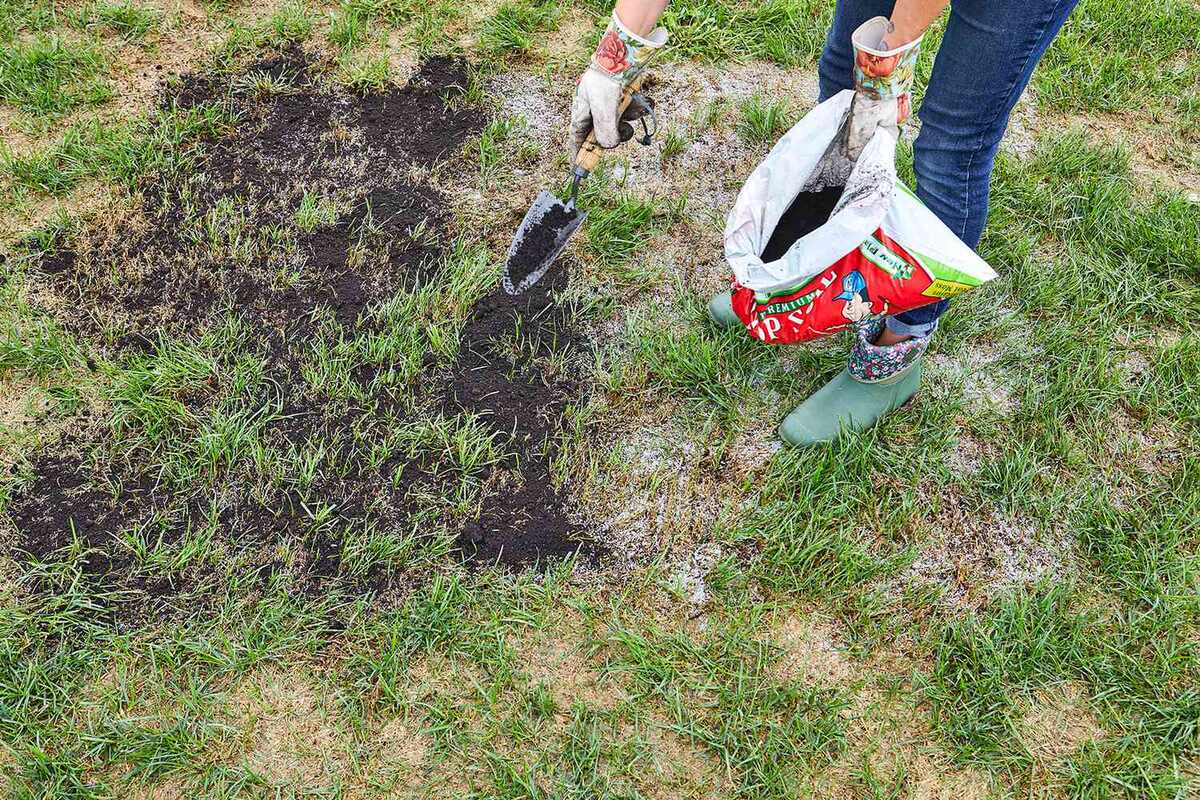

Landscaping Ideas
How To Fill In Dead Patches Of Grass
Modified: February 18, 2024
Learn effective landscaping ideas to fill in dead patches of grass and revive your lawn. Discover expert tips for achieving a lush, green yard.
(Many of the links in this article redirect to a specific reviewed product. Your purchase of these products through affiliate links helps to generate commission for Storables.com, at no extra cost. Learn more)
**
Introduction
**
Are you troubled by unsightly dead patches marring the lush green expanse of your lawn? Fear not, for rejuvenating these barren spots is well within your grasp. By understanding the underlying causes of these patches and implementing the right remedial measures, you can restore your lawn to its former verdant glory.
In this comprehensive guide, we will delve into the art of revitalizing dead patches of grass, transforming them into vibrant, thriving areas that seamlessly blend with the rest of your lawn. From diagnosing the root cause of the problem to selecting the optimal grass seed and providing the necessary aftercare, we will explore every facet of this rejuvenation process. By the end of this journey, you will be equipped with the knowledge and confidence to breathe new life into your lawn, ensuring that it remains a testament to natural beauty and vitality.
So, roll up your sleeves and prepare to embark on a transformative journey that will not only enhance the aesthetic appeal of your outdoor space but also deepen your connection with the art of landscaping. Let's dive in and discover the secrets to filling in those pesky dead patches of grass!
Now, let's delve into the heart of the matter by identifying the potential culprits behind these unsightly patches.
**
Key Takeaways:
- Identifying the Cause of Dead Patches
Unsightly dead patches on your lawn can be caused by compacted soil, poor drainage, thatch buildup, weeds, pests, or diseases. Identifying the specific cause is crucial for effective restoration. - Seeding the Dead Patches
To revive dead patches, loosen the soil, evenly distribute the chosen grass seed, lightly water the area, and protect the emerging grass from disturbance. Consistent care and maintenance are essential for successful rejuvenation.
Read more: How To Treat Dead Grass Patches
Identifying the Cause of Dead Patches
**
Before embarking on the journey to revive your lawn, it is crucial to discern the underlying causes of the dead patches. These barren spots can be attributed to a myriad of factors, each demanding a unique approach for effective remediation.
One common culprit behind dead patches is compacted soil, which impedes the healthy growth of grass roots. This compaction can be caused by foot traffic, heavy machinery, or even the natural settling of soil over time. Identifying areas with compacted soil is the first step in addressing this issue.
Another potential cause is inadequate drainage, leading to waterlogged patches that suffocate the grass roots. Poor drainage can stem from various sources, such as soil composition, landscaping features, or natural topographical elements. Identifying areas where water tends to accumulate is crucial in resolving this concern.
Furthermore, the presence of thatch, a dense layer of organic debris that accumulates at the soil’s surface, can hinder the growth of new grass. Thatch buildup can be attributed to factors such as infrequent dethatching, excessive fertilizer application, or improper watering practices. Identifying areas with excessive thatch is vital in facilitating effective rejuvenation.
Additionally, the intrusion of weeds or the presence of pests and diseases can also lead to the demise of grass patches. Weeds compete with grass for essential resources, while pests and diseases directly compromise the health of the grass. Identifying the specific weed species, pests, or diseases affecting the dead patches is imperative for targeted intervention.
By meticulously examining the dead patches and considering the aforementioned factors, you can gain valuable insights into the root causes of the issue. Armed with this understanding, you can proceed to the next phase of the rejuvenation process: preparing the soil for the revitalization of your lawn.
Now that we have unveiled the potential culprits behind the dead patches, it’s time to delve into the pivotal task of preparing the soil to lay the foundation for successful grass regeneration.
**
Preparing the Soil
**
Before sowing the seeds of rejuvenation, it is essential to create an optimal environment for the new grass to take root and flourish. This involves preparing the soil in the dead patches to ensure that it is conducive to the healthy growth of grass.
The first step in soil preparation is to aerate the compacted areas. Aerating involves perforating the soil with small holes to alleviate compaction and facilitate better air and water penetration. This can be achieved using aeration tools such as spiked aerators or plug aerators, which create channels for enhanced soil breathability and moisture absorption.
Following aeration, it is advisable to amend the soil with organic matter to improve its structure and fertility. Incorporating compost or well-rotted manure into the soil can enhance its ability to retain moisture, promote root development, and provide essential nutrients for the new grass. This organic amendment also aids in loosening compacted soil, further mitigating the adverse effects of compaction.
In cases where poor drainage is identified as a contributing factor to the dead patches, addressing this issue is imperative. This can involve creating drainage channels or installing subsurface drainage systems to redirect excess water away from the affected areas. By improving drainage, the soil becomes less prone to waterlogging, fostering an environment conducive to healthy grass growth.
Moreover, if thatch accumulation is prevalent in the dead patches, dethatching the affected areas is essential. This process involves removing the excess thatch layer to prevent it from impeding the establishment of new grass. Dethatching can be accomplished using specialized dethatching rakes or powered dethatching equipment, effectively clearing the path for the revitalization of the soil.
By meticulously preparing the soil in the dead patches, you are laying the groundwork for the successful rejuvenation of your lawn. With the soil primed to nurture new growth, the next crucial step is to select the right grass seed that aligns with the specific needs of your lawn and the prevailing environmental conditions.
Now that the soil is primed for rejuvenation, let’s explore the process of choosing the optimal grass seed to breathe new life into the barren patches.
**
Choosing the Right Grass Seed
**
When it comes to revitalizing dead patches of grass, selecting the appropriate grass seed is paramount to achieving successful and enduring results. The choice of grass seed should be informed by various factors, including the local climate, soil type, sun exposure, and intended use of the lawn area.
For regions with cool-season grasses, such as Kentucky bluegrass, fescue, and ryegrass, it is crucial to opt for grass seed varieties that thrive in cooler temperatures. These grasses exhibit robust growth in spring and fall, making them well-suited for regions with distinct seasonal changes. Conversely, warm-season grasses like Bermuda grass, Zoysia grass, and St. Augustine grass are better suited to regions with hot summers and mild winters, thriving in ample sunlight and exhibiting optimal growth during the warmer months.
Consider the sun exposure in the affected areas when selecting grass seed. If the dead patches receive ample sunlight, opt for grass seed varieties that are categorized as sun-loving or sun-tolerant. Conversely, for areas with limited sunlight, such as shaded patches beneath trees or structures, choose shade-tolerant grass seed varieties that can thrive in such conditions.
Assess the soil type in the dead patches to determine the most suitable grass seed. For sandy soils that drain quickly, consider grass seed varieties that are resilient in drier conditions. In contrast, for clay-rich soils that retain moisture, select grass seed varieties known for their adaptability to such soil compositions.
Additionally, consider the intended use of the lawn area when choosing grass seed. If the dead patches are located in high-traffic areas, opt for durable grass seed varieties that can withstand frequent footfall and other forms of physical stress. For ornamental lawn areas, prioritize grass seed varieties that exhibit lush, fine-textured growth, enhancing the visual appeal of the rejuvenated patches.
By carefully considering these factors and selecting grass seed varieties that align with the specific attributes of the affected areas, you can set the stage for the successful rejuvenation of your lawn. With the optimal grass seed in hand, the next step is to sow the seeds and initiate the transformation of the dead patches into thriving green expanses.
Now that we have identified the key considerations for selecting the right grass seed, let’s proceed to the pivotal task of seeding the dead patches to kickstart the revitalization process.
**
To fill in dead patches of grass, loosen the soil, sprinkle grass seed, and cover with a thin layer of soil. Keep the area moist until the new grass grows in.
Seeding the Dead Patches
**
With the soil primed and the optimal grass seed in hand, it’s time to embark on the transformative process of seeding the dead patches, infusing them with new life and vitality. This critical phase requires attention to detail and a methodical approach to ensure the successful establishment of the new grass.
Begin by loosening the soil in the dead patches to create an ideal bed for the grass seed. Using a rake or garden fork, gently cultivate the soil to a depth of approximately 1 to 2 inches, breaking up any clumps and creating a fine, crumbly texture that is conducive to seed germination and root development.
Next, evenly distribute the selected grass seed over the prepared soil, ensuring comprehensive coverage of the dead patches. For accurate and uniform seed dispersal, consider using a handheld spreader or a mechanical seed spreader, adjusting the settings to achieve the recommended seeding rate specified for the chosen grass seed variety.
Once the grass seed is sown, gently rake the soil to lightly cover the seeds, ensuring optimal seed-to-soil contact without burying the seeds too deeply. This step facilitates seed germination and minimizes the risk of seed displacement, setting the stage for the emergence of healthy, vigorous grass seedlings.
After seeding, lightly water the dead patches to initiate the germination process. It is crucial to maintain consistent moisture levels in the soil to support seed germination and early growth. Water the seeded areas regularly, ensuring that the soil remains moist but not waterlogged, fostering an environment conducive to the establishment of the new grass.
As the newly seeded areas begin to sprout and the young grass seedlings emerge, exercise caution to prevent foot traffic or other forms of disturbance that may disrupt their growth. Implementing protective measures, such as temporary barriers or signage, can help safeguard the developing grass and promote undisturbed establishment.
By meticulously executing the process of seeding the dead patches, you are breathing new life into these once-barren areas, fostering the emergence of a vibrant and revitalized lawn. With the seeds sown and the rejuvenation journey well underway, the next crucial step is to provide the necessary care and maintenance to nurture the newly established grass.
Now that the dead patches have been infused with new potential through the seeding process, let’s explore the vital aspects of watering and maintenance to ensure the successful growth and development of the rejuvenated grass.
**
Read more: How To Fill In Patches Of Grass
Watering and Maintenance
**
As the newly seeded areas undergo the transformative process of germination and early growth, providing appropriate watering and maintenance is essential to nurture the emerging grass and facilitate its healthy establishment.
Upon seeding the dead patches, it is crucial to initiate a consistent watering regimen to support seed germination and the initial stages of grass growth. Water the seeded areas lightly and frequently, ensuring that the soil remains consistently moist but not waterlogged. This encourages the seeds to germinate and the young grass seedlings to establish themselves firmly in the soil.
Monitor the moisture levels in the newly seeded areas closely, adjusting the watering frequency and duration based on environmental conditions. During periods of hot, dry weather, increased watering may be necessary to prevent the soil from drying out and impeding seed germination. Conversely, in cooler or rainy conditions, moderation in watering is advised to prevent waterlogging and the onset of fungal diseases.
As the young grass seedlings begin to take root and exhibit visible growth, gradually transition to a less frequent yet deeper watering schedule. This encourages the development of robust root systems, enhancing the resilience and vitality of the emerging grass. However, exercise caution to avoid overwatering, as excessively saturated soil can hinder root development and promote the proliferation of shallow roots.
During the initial stages of grass establishment, refrain from mowing the newly seeded areas until the grass reaches a height of approximately 3 to 4 inches. This allows the young grass to develop strong root systems and establish a solid foundation before undergoing the stress of mowing. Once the grass reaches the recommended height, mow it at a height that promotes healthy growth while avoiding the removal of more than one-third of the grass blade length in a single mowing session.
Implementing a light feeding regimen with a balanced fertilizer designed for newly seeded areas can further support the healthy development of the emerging grass. Select a fertilizer with a formulation tailored to young grass seedlings, applying it according to the manufacturer’s recommendations to provide essential nutrients that bolster the growth and vitality of the rejuvenated patches.
By diligently tending to the watering and maintenance needs of the newly seeded areas, you are nurturing the growth of a vibrant and resilient lawn, ensuring that the once-barren patches are transformed into thriving green expanses. With the grass taking root and flourishing under your attentive care, the rejuvenation journey culminates in the emergence of a revitalized and lush landscape.
Now that we have explored the pivotal aspects of watering and maintenance, it’s time to reflect on the transformative journey and celebrate the successful revival of the dead patches of grass.
**
Conclusion
**
As we conclude this transformative journey of rejuvenating dead patches of grass, it is evident that the process of breathing new life into these barren areas is both an art and a science. By delving into the intricacies of identifying the underlying causes, preparing the soil, selecting the right grass seed, seeding the dead patches, and providing essential care and maintenance, we have unlocked the secrets to orchestrating a successful lawn revival.
Throughout this journey, we have embraced the role of stewards of the land, nurturing the potential of the earth to yield vibrant and thriving landscapes. From aerating compacted soil to selecting grass seed varieties tailored to specific environmental conditions, every step has been a deliberate and thoughtful endeavor to restore vitality to the once-barren patches.
At the heart of this endeavor lies a profound connection to the natural world, where the act of rejuvenating dead patches transcends mere landscaping and becomes a testament to our reverence for the beauty and resilience of nature. It is a harmonious collaboration between human intervention and the inherent regenerative power of the earth, culminating in the emergence of rejuvenated green expanses that seamlessly blend with the rest of the landscape.
As we stand amidst the revitalized patches, witnessing the lush greenery that now adorns these once-barren areas, we are reminded of the transformative potential that resides within the realm of landscaping. It is a testament to the enduring cycle of growth and renewal, where the act of breathing new life into the land becomes a celebration of the inherent vitality and regenerative spirit of nature.
So, as you gaze upon the revitalized patches of grass, take pride in the role you have played in this transformative journey. Your dedication and meticulous care have paved the way for the emergence of a rejuvenated and vibrant lawn, a testament to the enduring beauty and resilience of the natural world.
May this journey inspire you to continue nurturing the landscapes around you, fostering environments where the beauty of nature can thrive and flourish. As you tend to your rejuvenated lawn, may it serve as a living testament to the transformative power of attentive care, thoughtful intervention, and the enduring spirit of renewal.
With the rejuvenation journey culminating in the emergence of a revitalized and lush landscape, we bid farewell to the once-barren patches, now transformed into thriving green expanses that stand as a testament to the enduring beauty and resilience of the natural world.
Frequently Asked Questions about How To Fill In Dead Patches Of Grass
Was this page helpful?
At Storables.com, we guarantee accurate and reliable information. Our content, validated by Expert Board Contributors, is crafted following stringent Editorial Policies. We're committed to providing you with well-researched, expert-backed insights for all your informational needs.
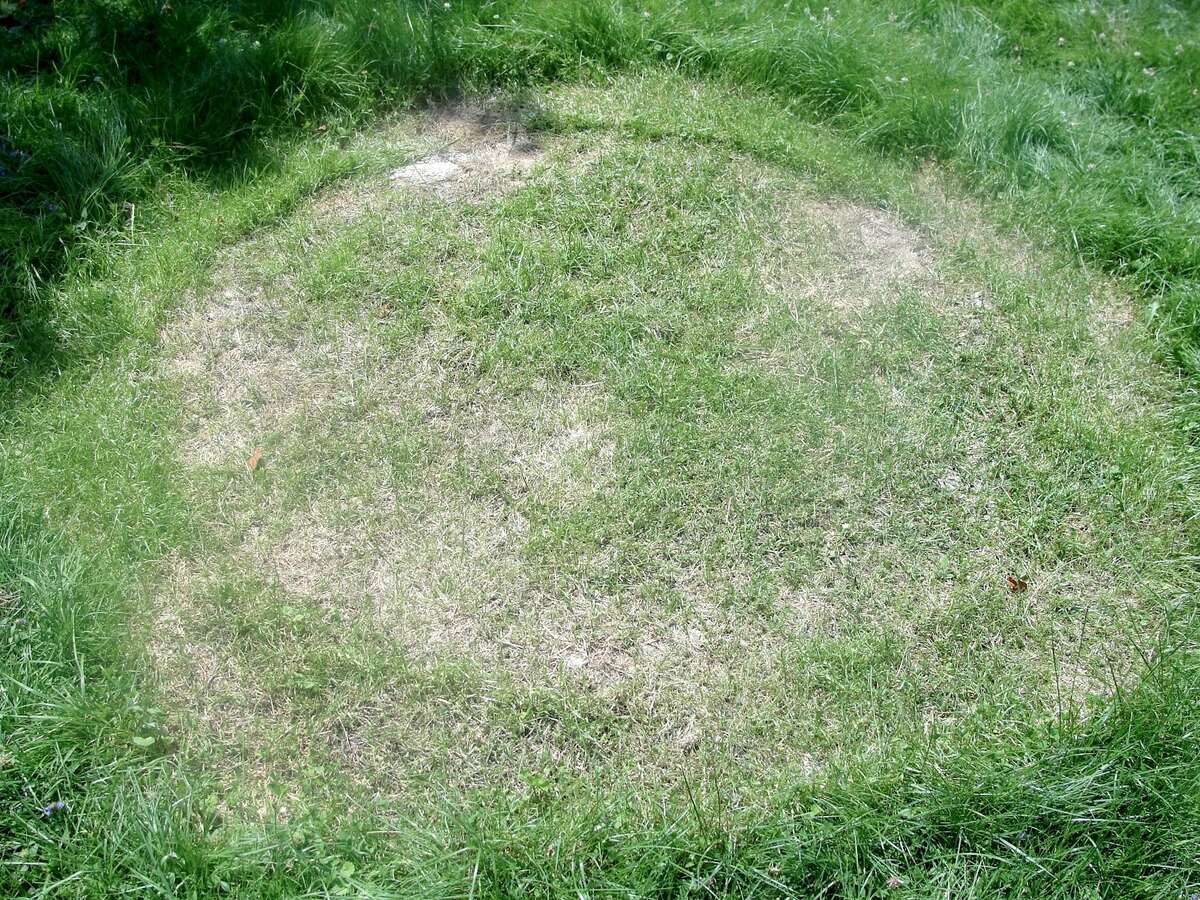
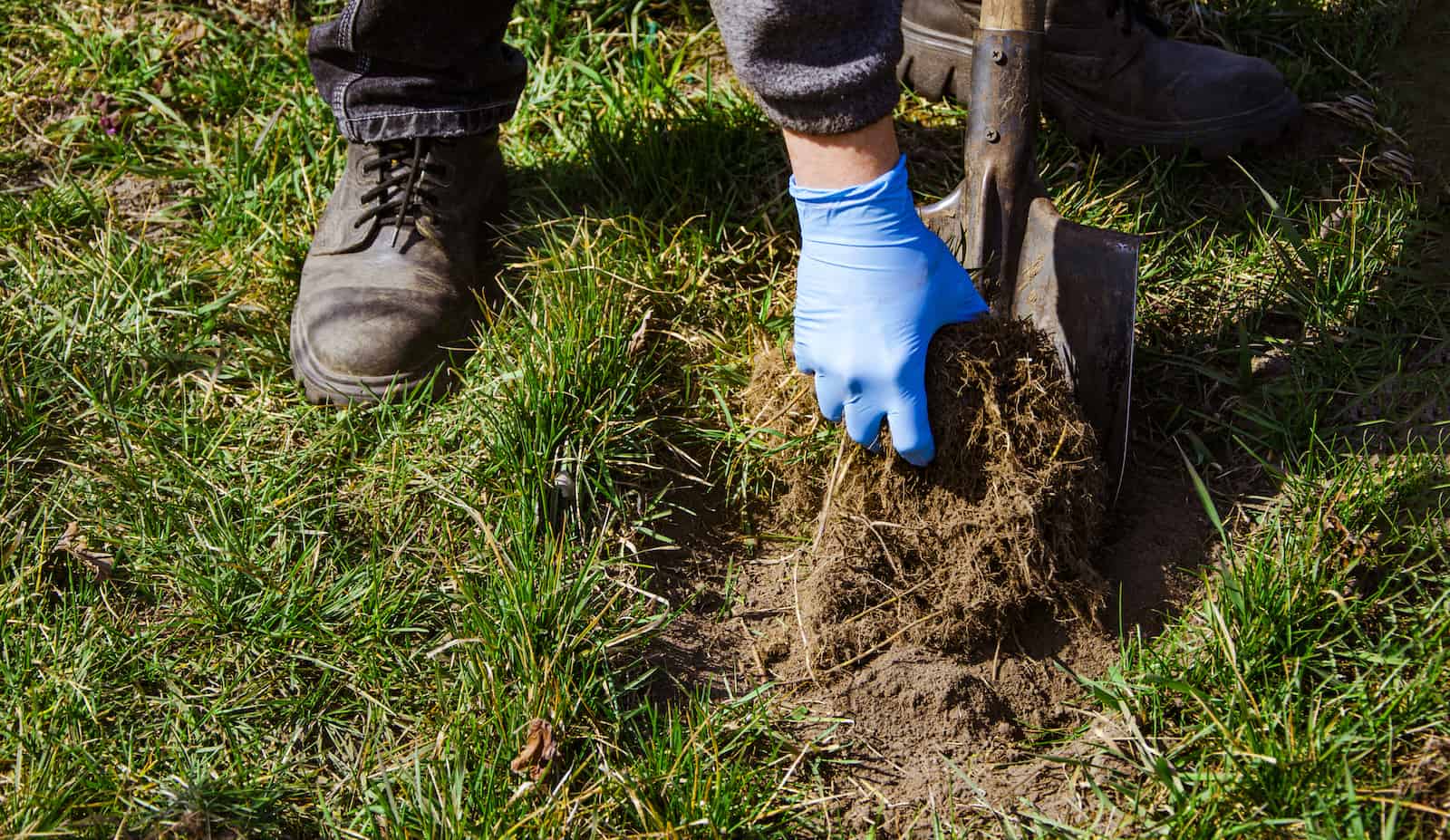
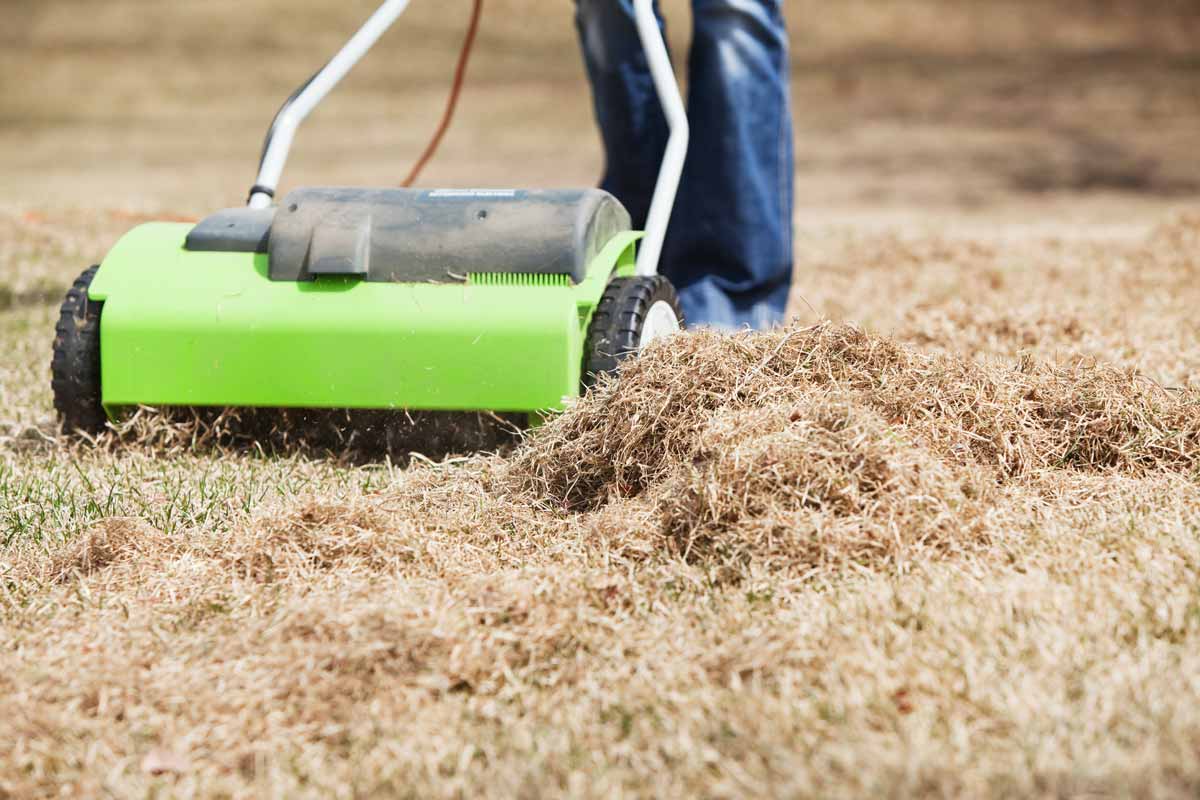
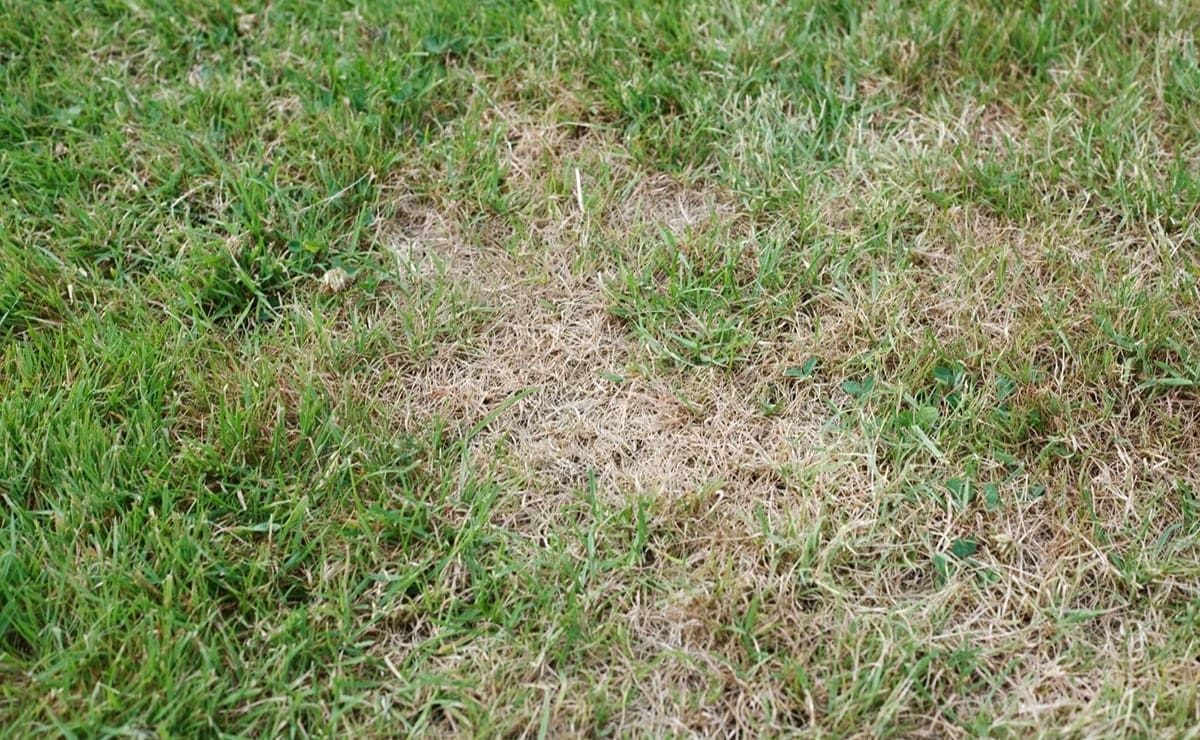
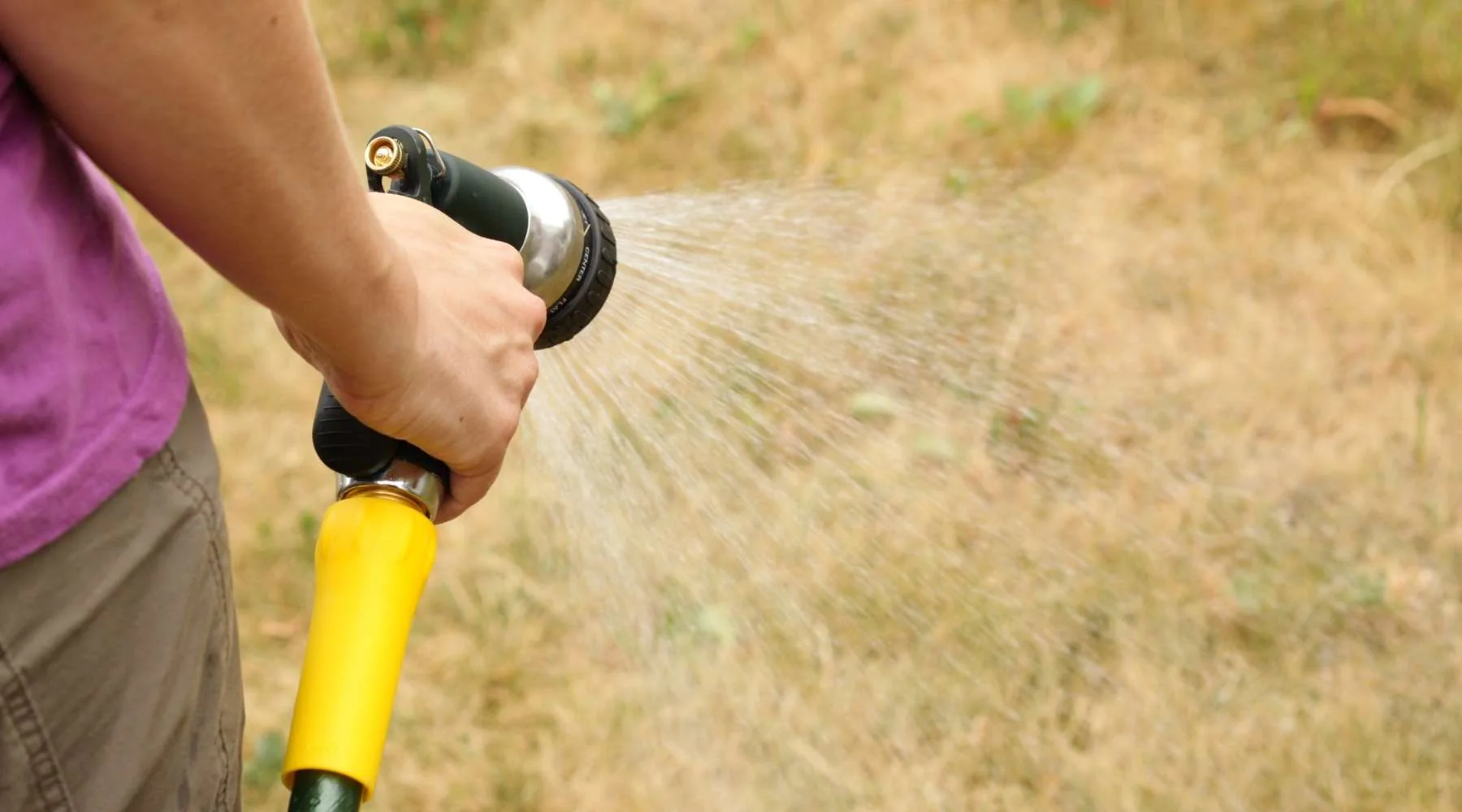
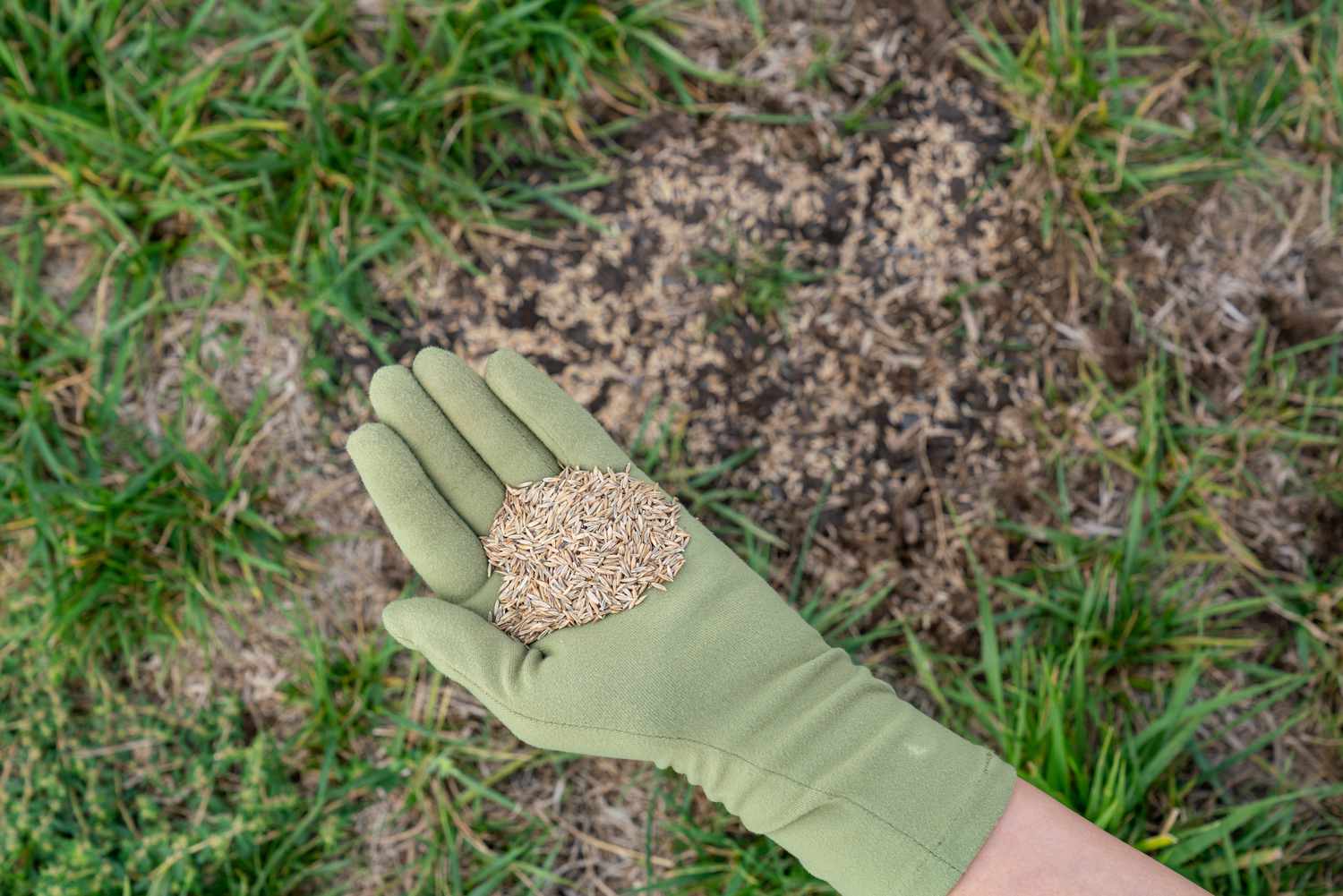
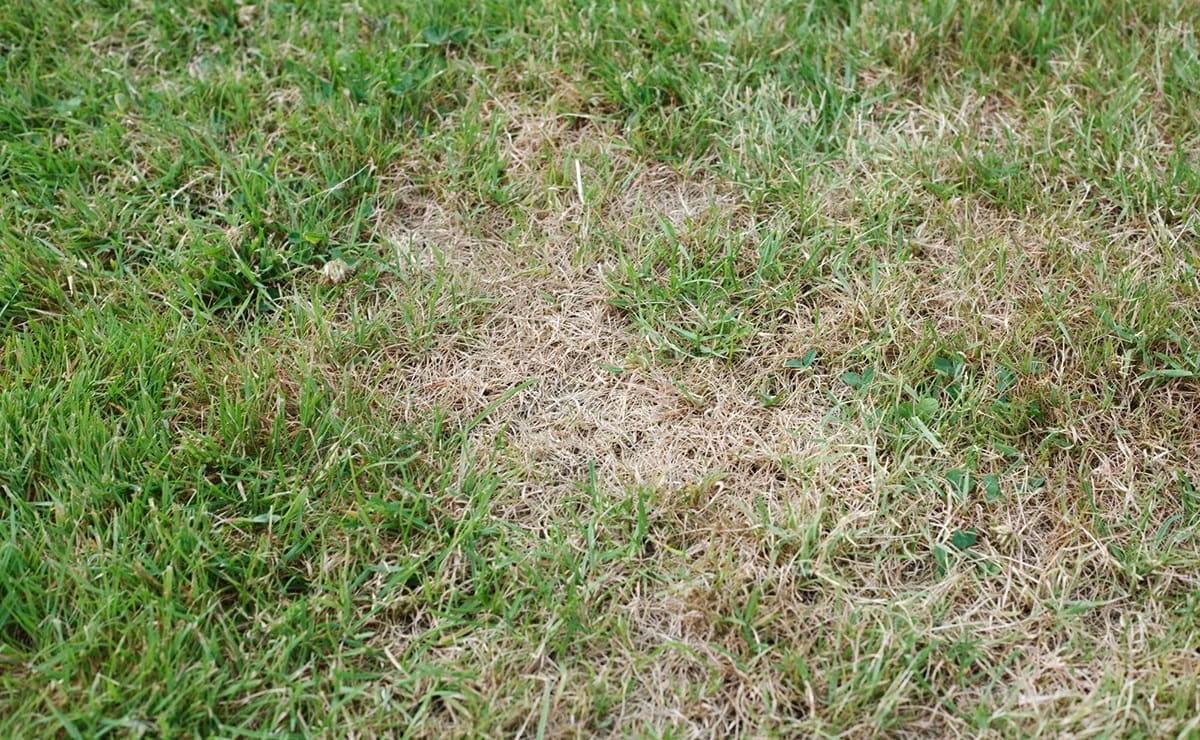
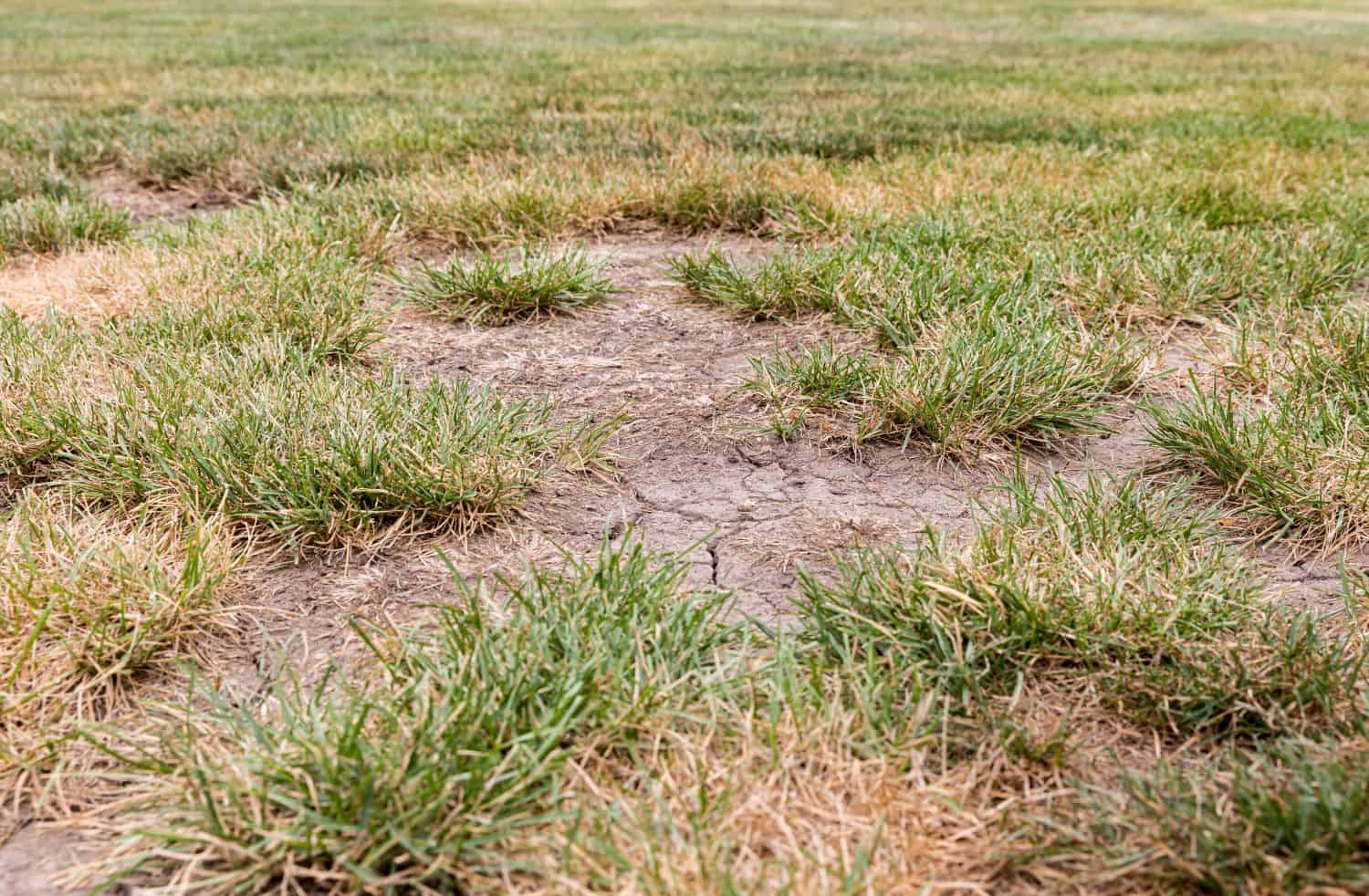
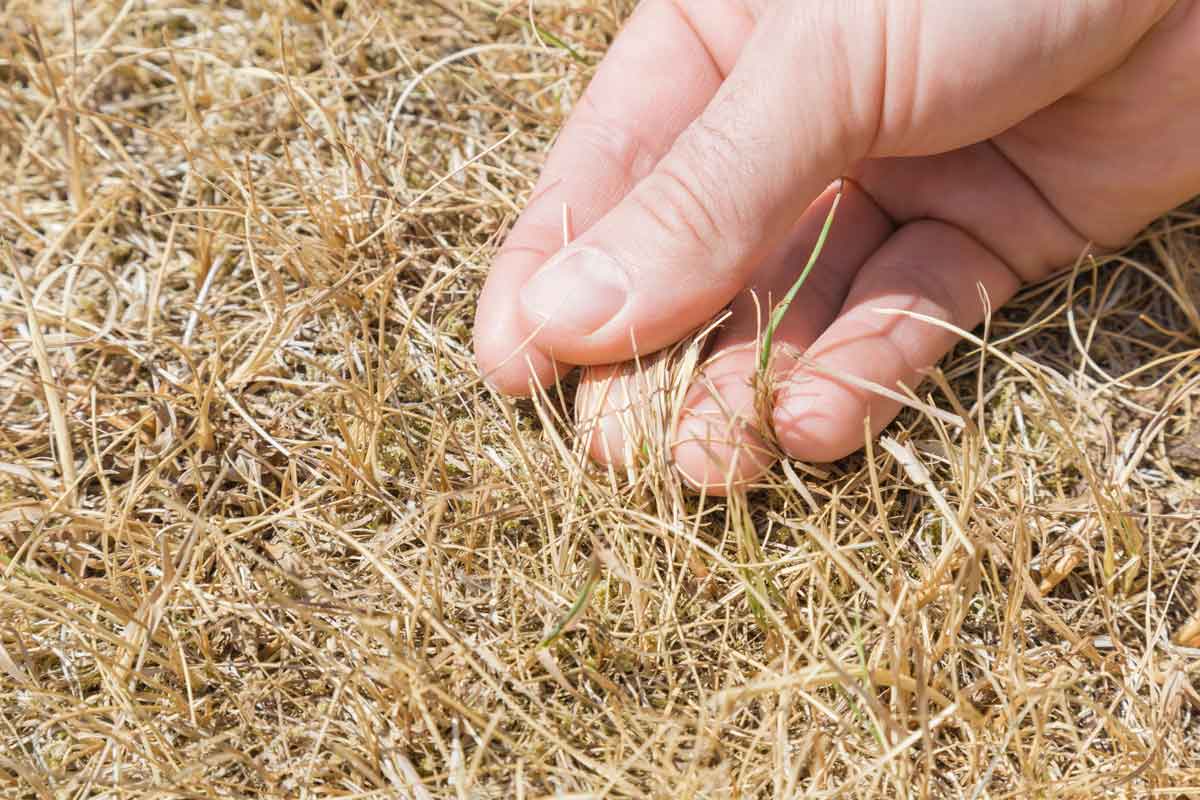
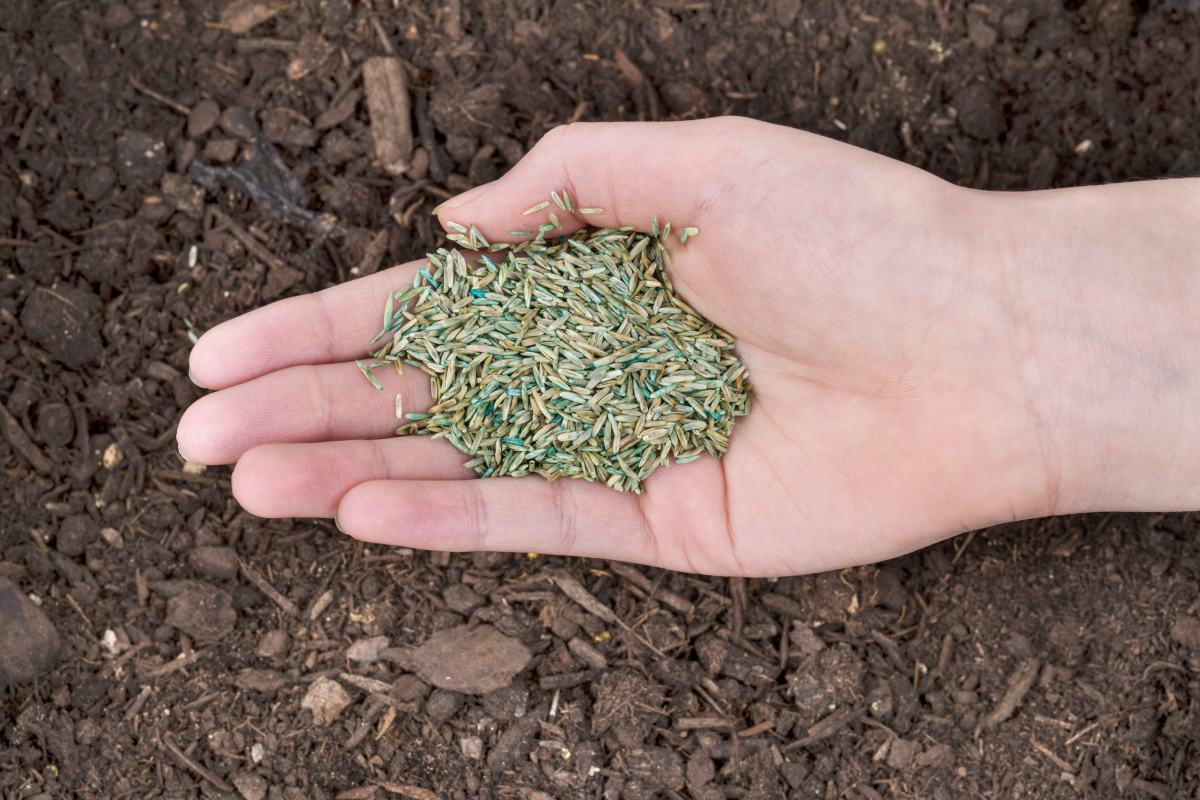
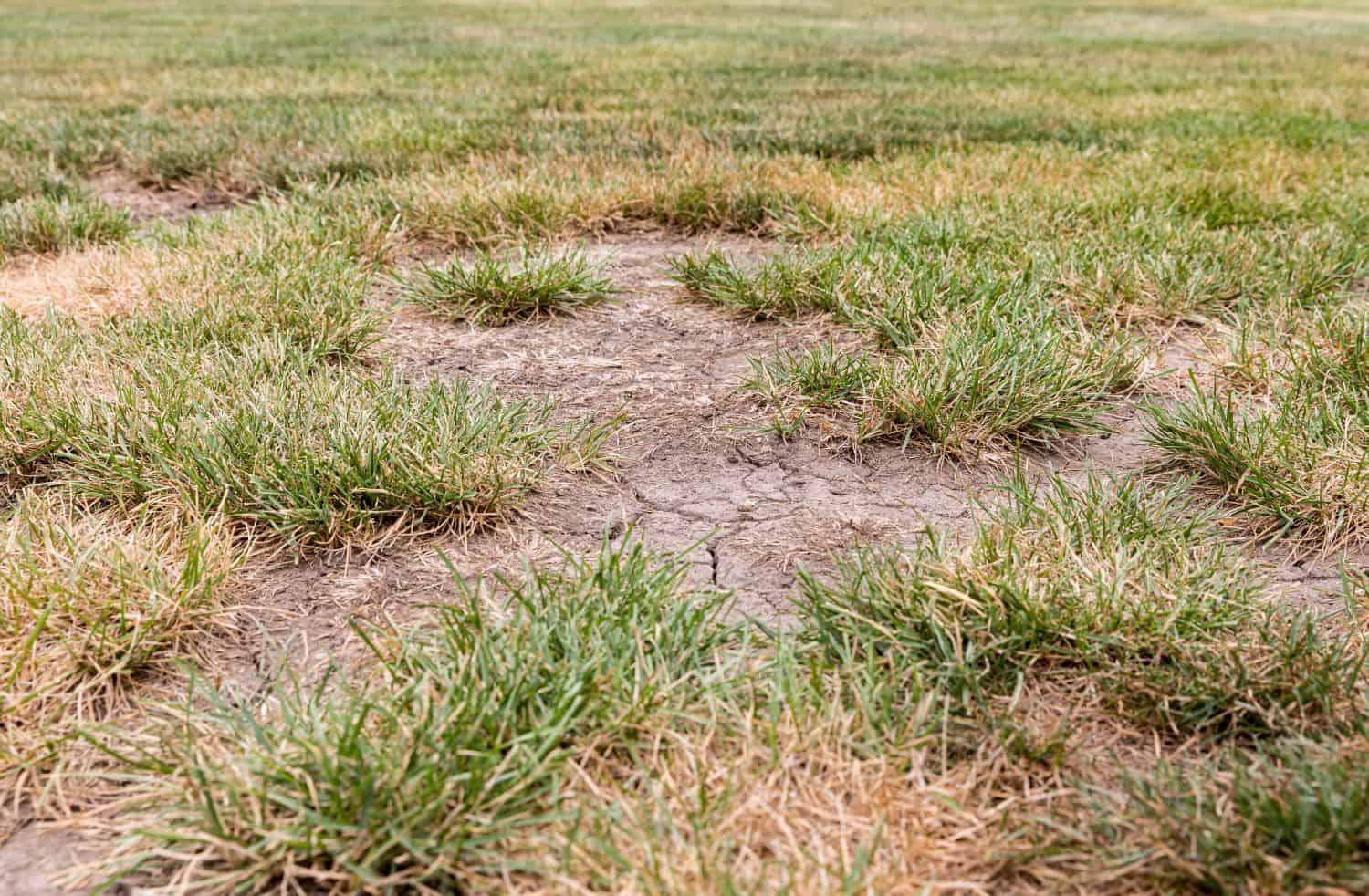
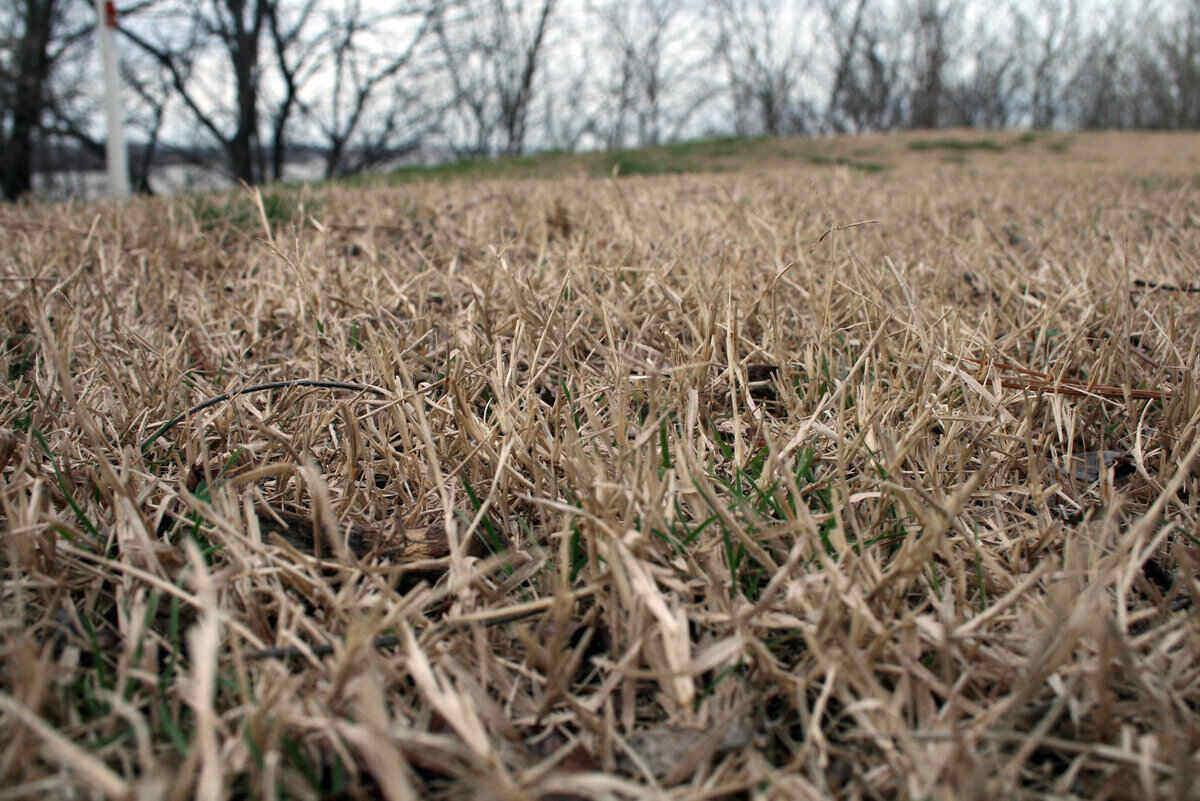
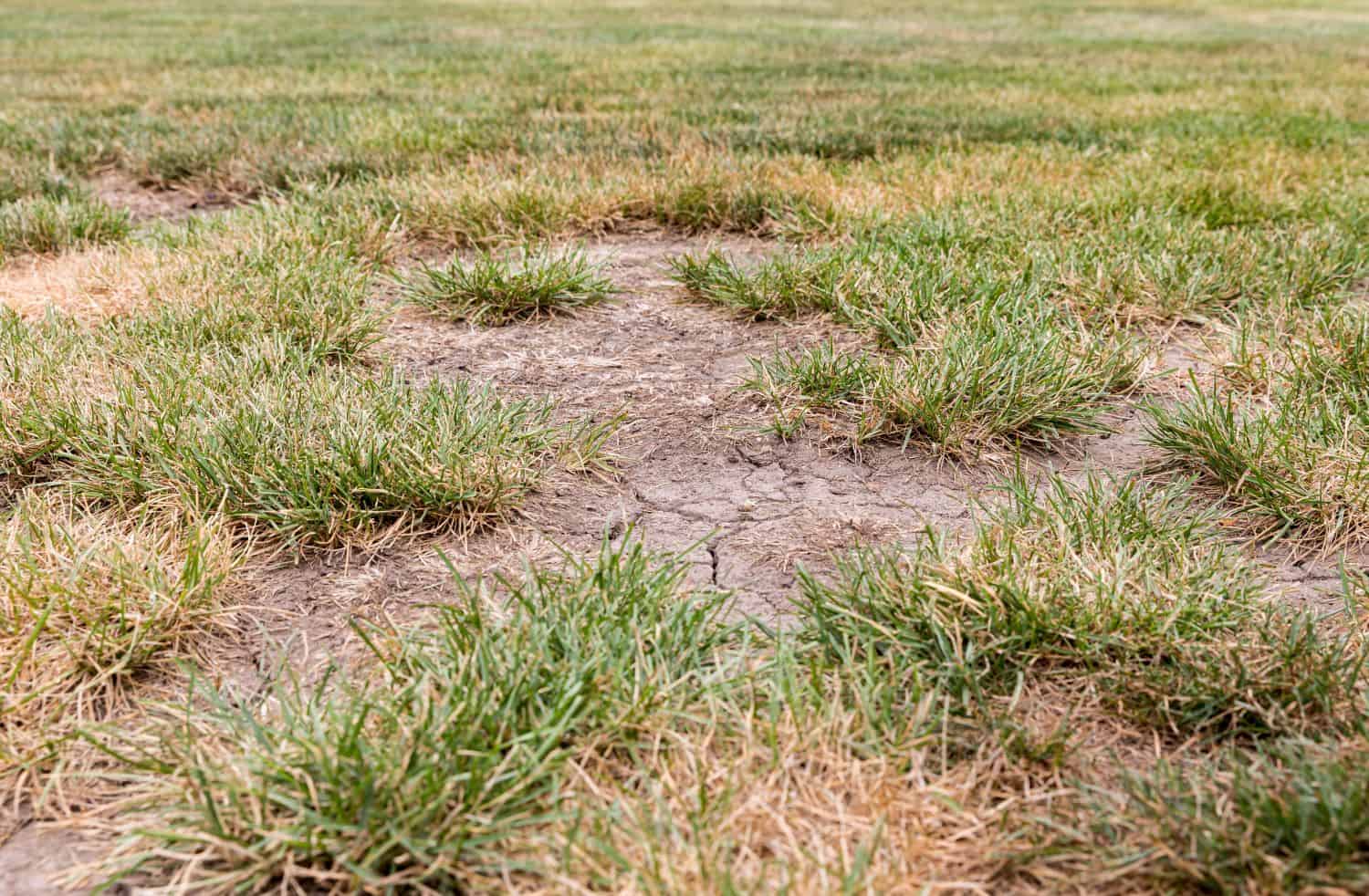
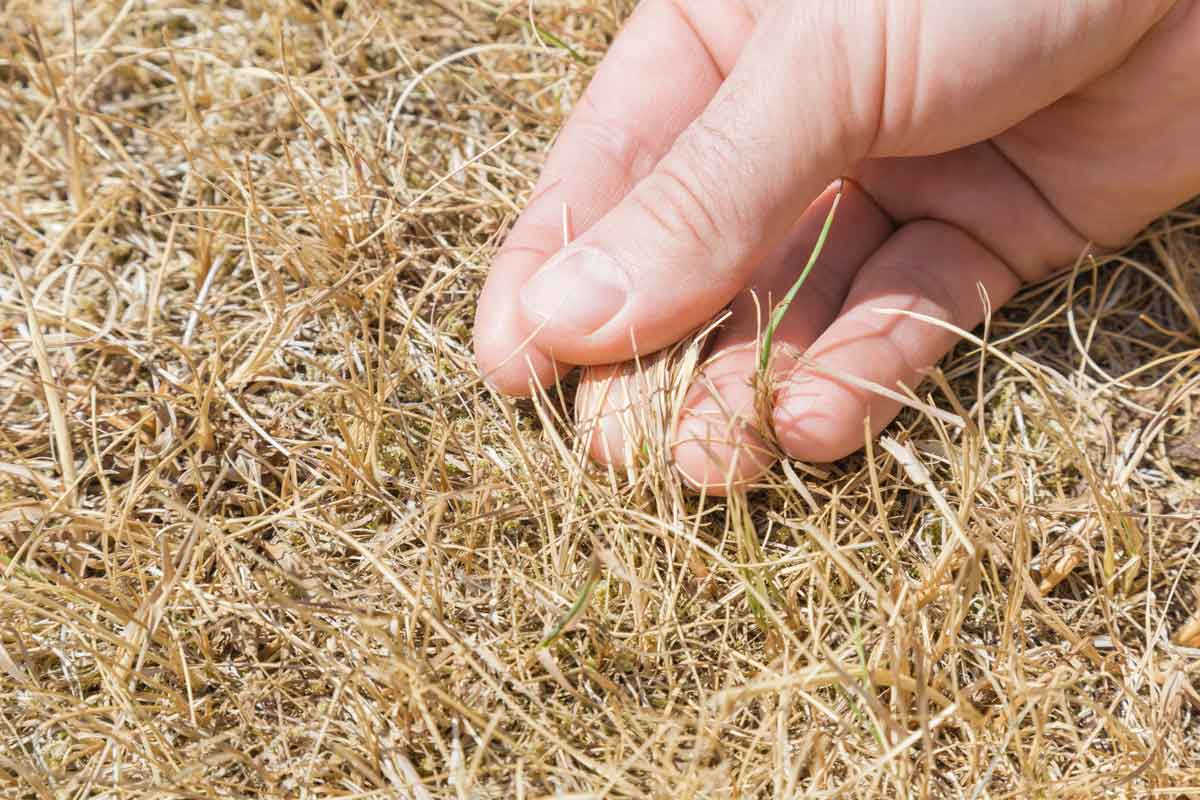

0 thoughts on “How To Fill In Dead Patches Of Grass”